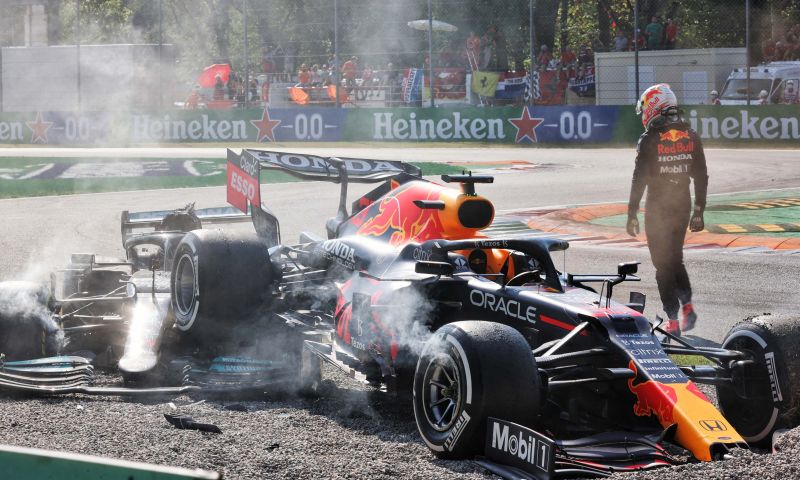F1 News

Hamilton feels provocation works: "And that's where Verstappen is wrong"
- GPblog.com
The crash of Max Verstappen and Lewis Hamilton during the Italian Grand Prix will go down in the history books as yet another fierce rivalry that reached its climax. The comparison with Ayrton Senna and Alain Prost was quickly made, but besides some similarities, there are also some differences with that infamous rivalry.
Similarity Senna - Prost is in generational difference
According to Giorgio Terruzzi, the biggest similarity lies in the generation gap, he writes on the Italian branch of Redbull.com. "Senna emerged and opposed Prost. It has happened, it happens and it will happen often," he says.
According to Terruzzi, Hamilton had expected to continue his winning streak unchallenged. "The fact that in 2021 he is facing an aggressive, young and well-equipped driver puts him in a new position where he has to react in a different, specific way," he continued. "Max's position is substantially different for a simple, fundamental reason: he is the clear favourite in this challenge."
Verstappen must not allow himself to be provoked by Hamilton
"Lewis is aware of this and in fact applies a different attitude, trying in every possible way to irritate, upset and provoke his opponent. On this front, Max is wrong, regardless of the dynamics of the incidents. He is in a position to score decisive points, so it would be better for Verstappen to leave it at that," Terruzzi writes.
In doing so, the Italian believes it is important that Verstappen does not allow himself to be provoked by his rival. "He doesn't need to prove himself anymore, because Verstappen is stronger than anyone else this year. He is now at the top and has the chance to stay there. Hamilton doesn't have many options, and he has realised that he can provoke Max. It's up to Verstappen to avoid a direct confrontation, and thus collect points every race," Terruzzi said.